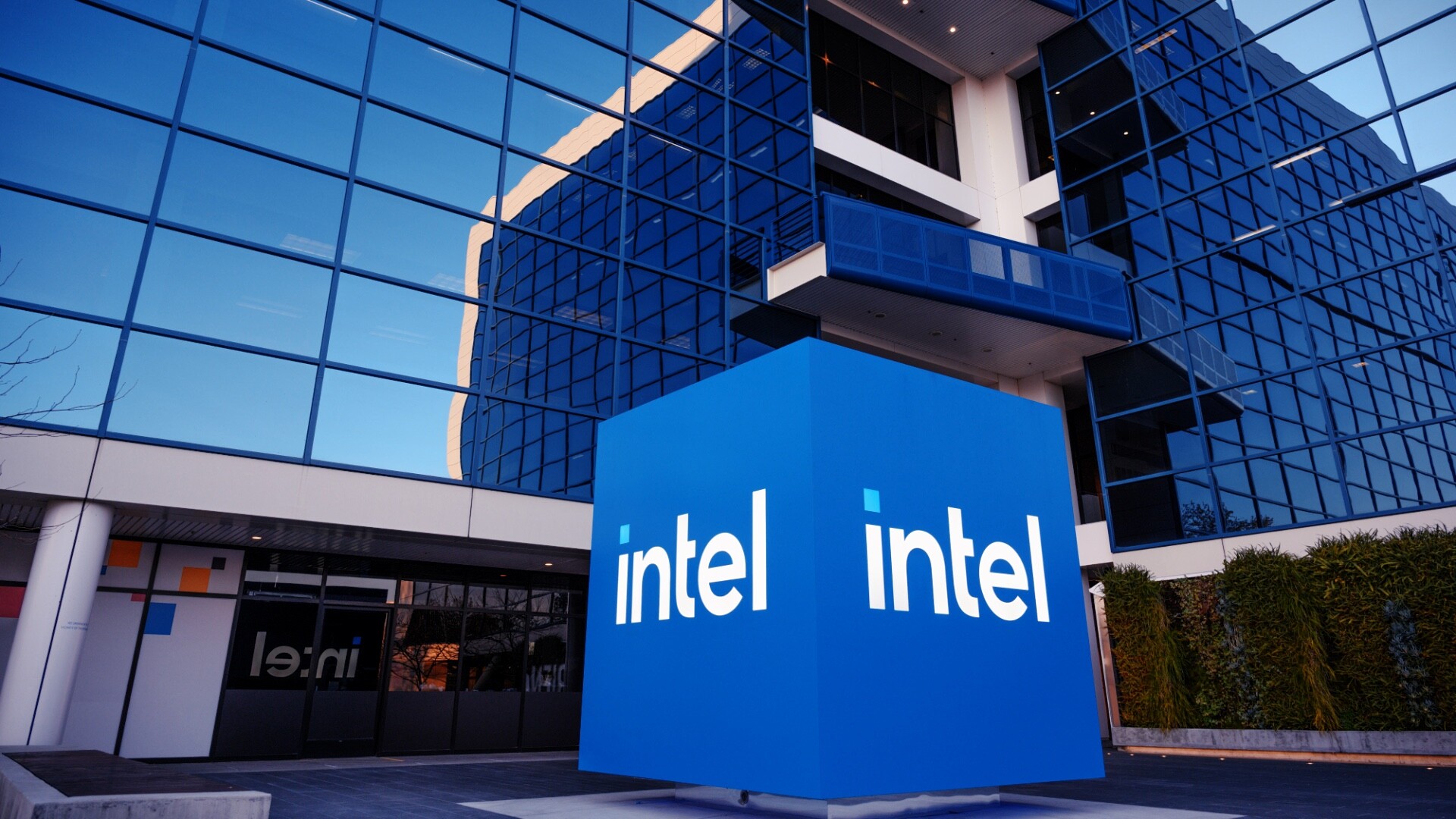At the end of Q3 2025. Poland is formally more than ever in fibre optic coverage. Of the more than 9.2 million address points, as many as 64.84% have a viable FTTH internet connection – without additional investment on the part of the operator. This is an important distinction: “real coverage” means readiness for installation at the customer’s premises, not just a declaration in the system.
The most popular standard remains the 1000 Mbps connection, available to 4.43 million addresses (56.55%). Network dynamics are not slowing down – between Q2 and Q3 alone, the number of points in fibre-optic coverage increased by more than 83,000, according to data from the Ministry of Digitalisation. Despite this, Poland cannot yet declare digital success. There are still 1.36 million addresses outside of fixed internet coverage, and as many as 2.2 million areas are classified as ‘NGA white spots’, without access to speeds above 100 Mbps.
These figures open up the question: is the telecoms market approaching the limit of viable investment? The easiest locations are already covered – more need to enter rural, dispersed, regulatorily more difficult areas. This can also be seen from the activity of citizens: since the beginning of 2023. Poles have reported more than 219,000 demands for internet in the internet.gov.pl system. This is a signal that demand is outstripping supply and that digital awareness is growing faster than infrastructure.
For operators, this is a strategic moment. The new phase will not be a fight for a gigabit, but for the last kilometre – and who will finance its construction: the market or the state. The digital map of Poland is shrinking, but its most problematic areas are yet to come.mi












